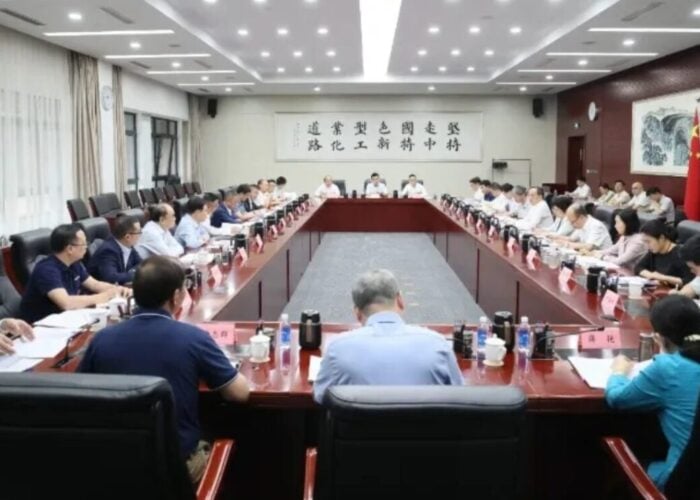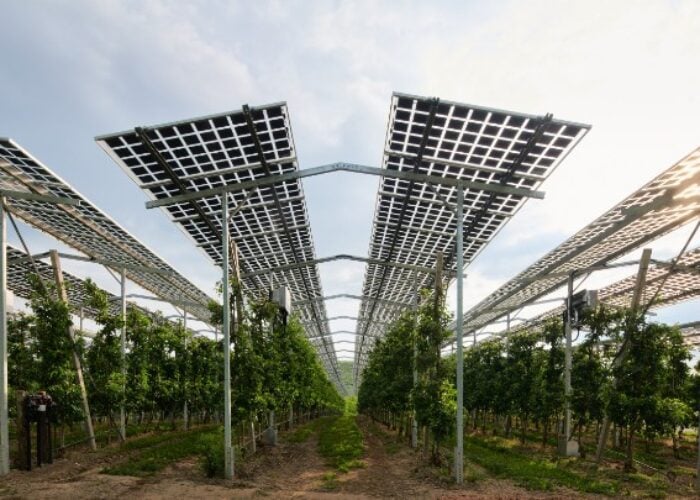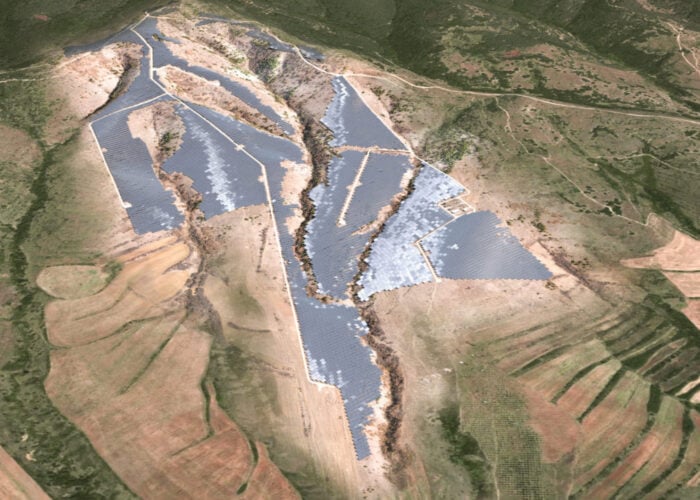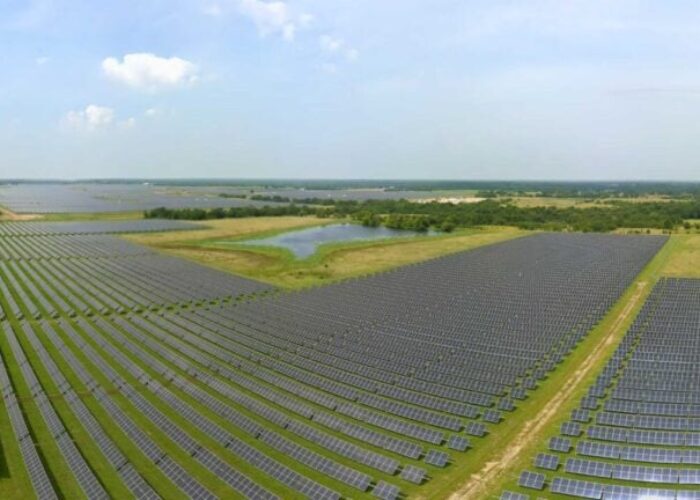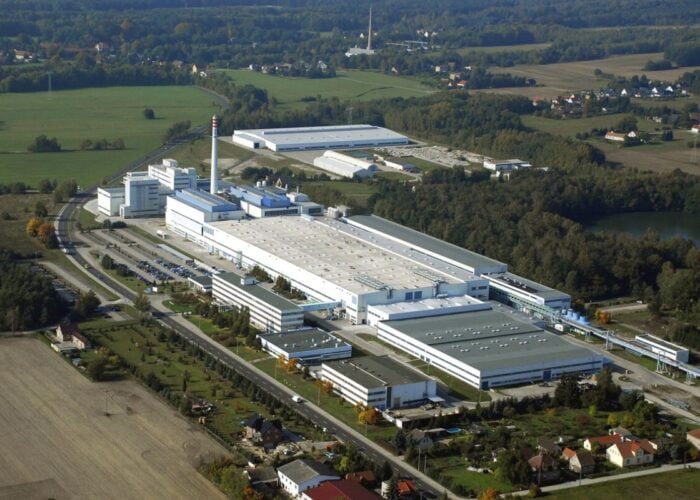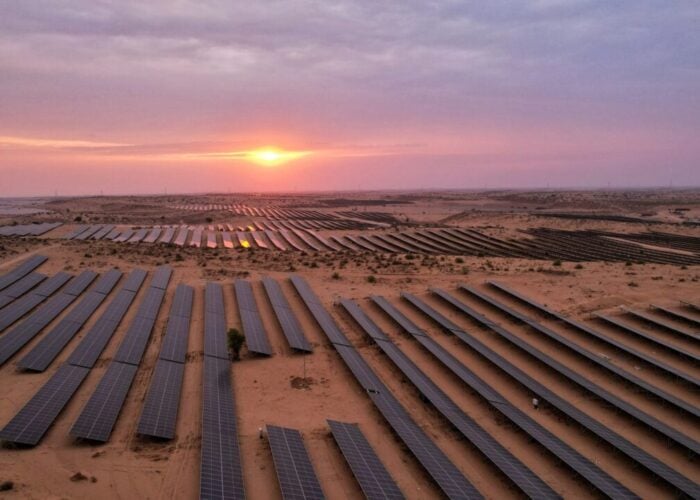Astronergy and its partners have formally launched the first 10MW phase of a planned 100MW solar photovoltaic power station in central China’s Ningxia Hui Autonomous Region. Initially covering two square kilometers in Shizuishan City in the arid Gobi Desert region, the project is expected to be completed within three years.
In response to ongoing local and regional government calls for the development of new energy resources, Astronergy (a member of the Chint Group) says it teamed up with a number of investment and technology partners to prepare proposals. After several rounds of consultations, demonstration initiatives, and inspections, the company’s power station won strong support from across the board.
Unlock unlimited access for 12 whole months of distinctive global analysis
Photovoltaics International is now included.
- Regular insight and analysis of the industry’s biggest developments
- In-depth interviews with the industry’s leading figures
- Unlimited digital access to the PV Tech Power journal catalogue
- Unlimited digital access to the Photovoltaics International journal catalogue
- Access to more than 1,000 technical papers
- Discounts on Solar Media’s portfolio of events, in-person and virtual
Half of the project’s first phase will use Astronergy’s conventional mono- or polycrystalline-silicon PV modules, while the other half will employ the company’s new amorphous-silicon/microcrystalline-silicon tandem junction thin-film technology, which are manufactured using an Oerlikon Solar turnkey line.
Once fully built out, the power station will generate 100MW of clean, renewable electricity. Given the average daily of 2kWh per family per day in the region, the Astronergy arrays should provide adequate power for over 50,000 families.
Based in Hangzhou, Zhejiang, Astronergy claims to be the first Chinese company to mass produce second-generation a-Si/uc-Si TFPV. With 100MW of c-Si module-making capacity already online, the company inaugurated its first 30MW a-Si/uc-Si factory line in June and expects to reach 1GW production capacity by 2012. The company also recently raised $50 million in a global fundraising round.

